Rain, rain, lets go out and play!
Kids love to play in mud, but mud can be an RC racer’s worst nightmare. Mud and water can mean instant death for electronics such as receivers, servos and batteries. Also, there’s the extra weight of the accumulated mud — and water splashes are bad news for engines. Here are some simple steps you can take to protect your car in muddy conditions.
COVER THE HOLES
Almost all nitro 1/8 buggy and truggy chassis have holes for the engine flywheel and possibly also the spur gear. These holes allow you to start your engine on a starter box, but they also allow water and mud to get into the chassis. To eliminate this, you’ll need duct tape. When your engine is running and has warmed up, keep it running and carefully put a strip of tape over all holes in the chassis. This simple step will prevent mud from getting packed into the flywheel and killing the engine, plus it will keep water away from the clutch and electronics. The bad news is that if you use a starter box and your car flames out in a race, the tape will be in the way when you want to restart your engine.
SEAL IT
Although vehicle bodies keep a lot of dirt and debris out, they need extra reinforcement for mud. Run strips of duct tape along the edges of the body where it meets the bottom of the chassis. This will help to prevent mud and water from getting onto the chassis and weighing it down. Now move on to the tank cutout. To allow refueling, you don’t want to completely cover the cutout; instead, cover as much as you can with duct tape, but leave room for refueling.
COVER THAT FILTER
Water in an air filter means almost certain death for an engine. A dry air filter is vital to your engine’s well-being. Run with a filter and an outer, or pre-filter (such as an Outerwears pre-filter) in wet, muddy conditions. The pre-filter will help prevent water from making it to the engine. If conditions are bad enough, you might need to buy a waterproof filter cover. This simply slides over your filter and is tied onto your air boot. It acts as a raincoat and deflects water away from the area.
OIL IT
Water and oil don’t get along. Spray a little WD-40 or a similar lubricant onto a brush and dab it on the parts of your car that are still exposed. Brush it on the A-arms, tie-rods, shocks, shock towers and even the wing to help repel the water and prevent the mud from sticking.
MUDGUARDS
Many, but not all, 1/8 buggies and truggies come with mudguards on the front of the rear A-arms. If your kit doesn’t have them, you can make them. Use an empty fuel bottle or left-over Lexan. From these, cut out two mudguard shapes that will fit your rear A-arms from inside to outside and are approximately 2 to 2.5 inches tall. Now mark where the screws are in the A-arms. Punch out holes that are just big enough for the screws to fit in with a reamer. Having made the holes, carefully remove the screws, position the mudguards on the A-arms and screw them on. Or, you can purchase molded mud guards for your car from DE Racing. Flying mud from the front of the car will have a harder time collecting on your rear end and shocks with these guards in place.
RADIO BOX
Most radio boxes have cutouts for the wires that connect the servos to the receiver. To fill these cutouts, you have a variety of options, the most popular being clear silicone. You don’t want something permanent that will fuse your wires and radio box together forever, but you do want something that fills the gaps. You can even put your receiver in a balloon to help keep it dry.
THROTTLE SAFETY RETURN
A throttle safety return is good to have in any conditions, especially when water may cause a loss of communication and control between your radio and onboard electronics. A simple rubber band is often enough protection. Disconnect the throttle linkage ball cup from the slide on the carburetor. Wrap the rubber band around the ball on the slide and put the linkage ball cup back on. Wrap the other end of the band around the high-speed needle on the other side of the carburetor. This should close the throttle slide if all power is lost and it will prevent a dangerous runaway.
It isn’t a good idea to run in water and mud, even if you follow these tips, but when off-road racing, you never know what you’ll have to run through. With these few easy steps, the local kids won’t be the only ones who can have fun in the mud!
 RC Driver The Best In RC Car & Truck News, Reviews & Video
RC Driver The Best In RC Car & Truck News, Reviews & Video 


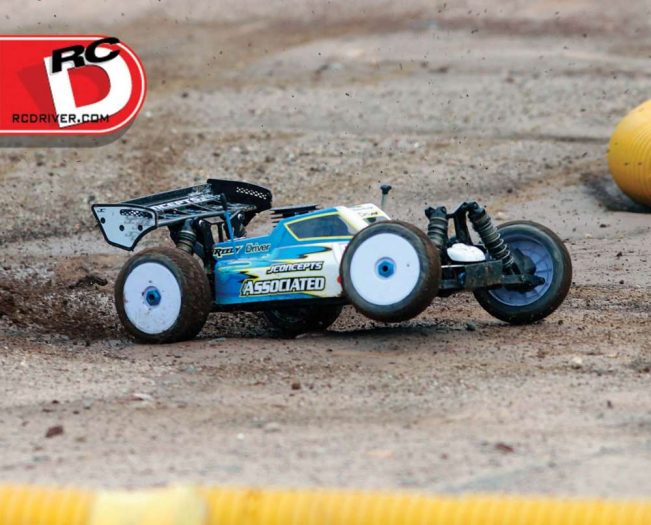
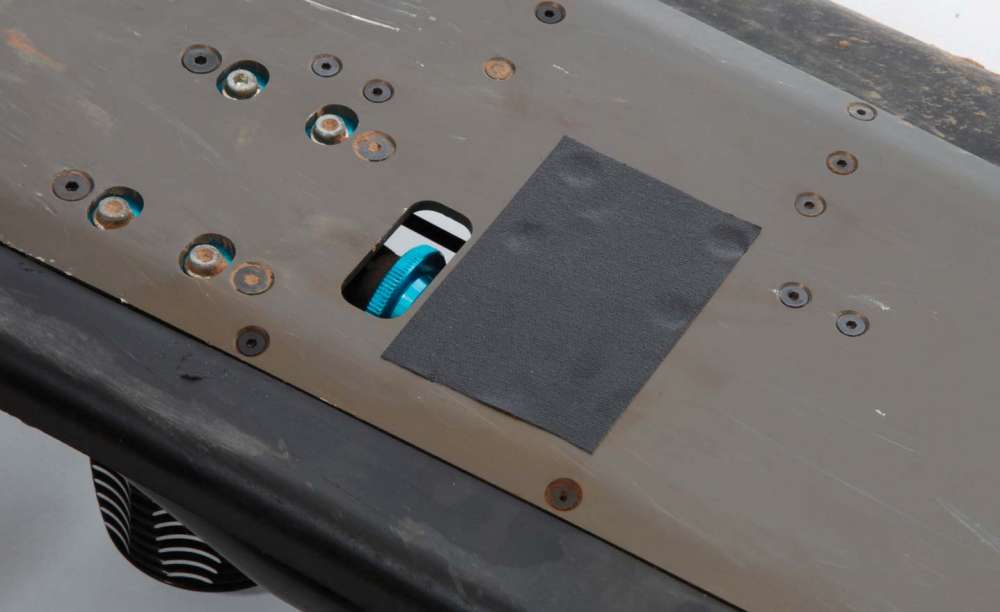
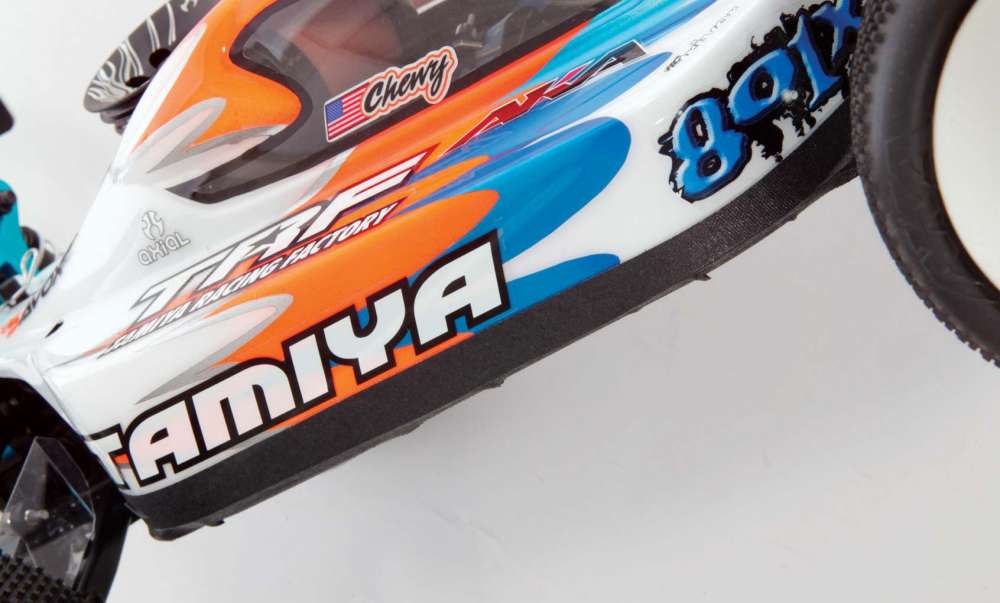
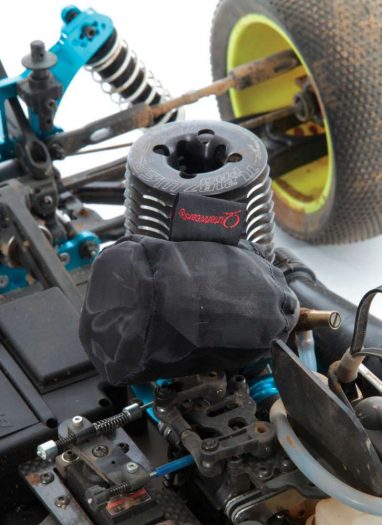
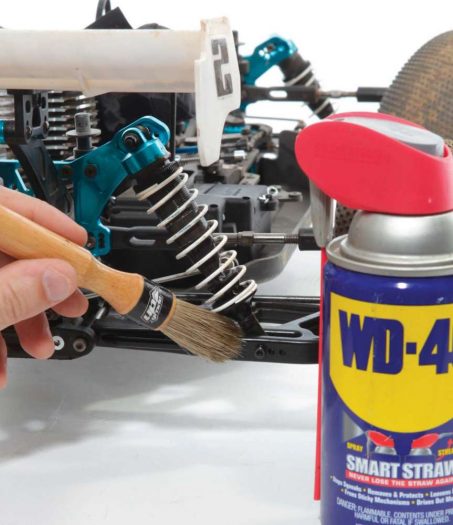
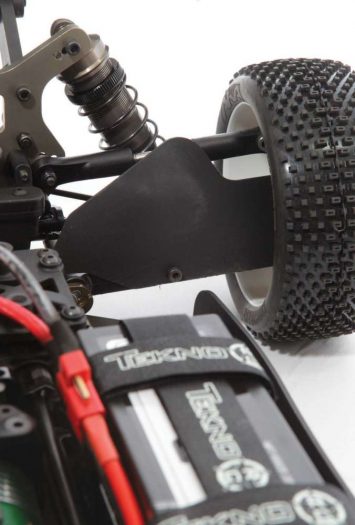
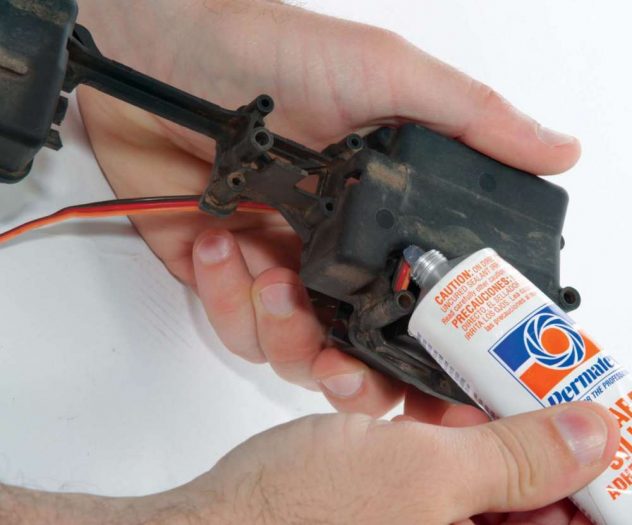
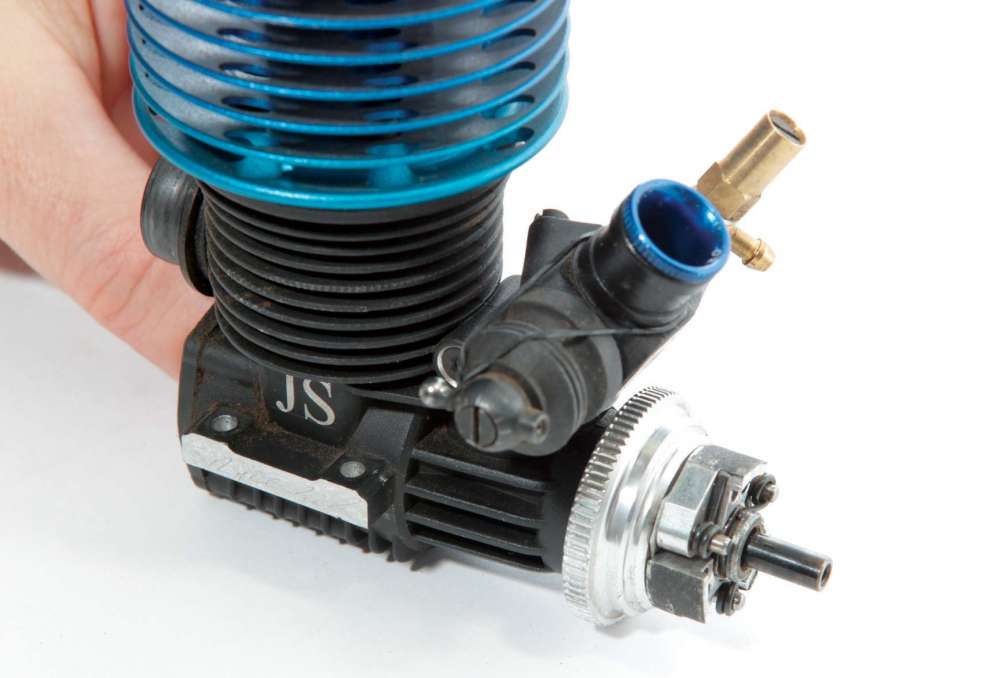






Thanks for the info! This will definitely come in handy when I take it . Especially from where I’m from.
The WD-40 tip is simple, yet genius. Definitely going to start doing that from now on. Thanks!